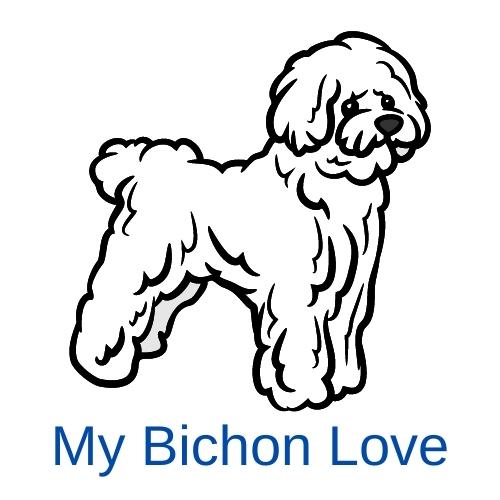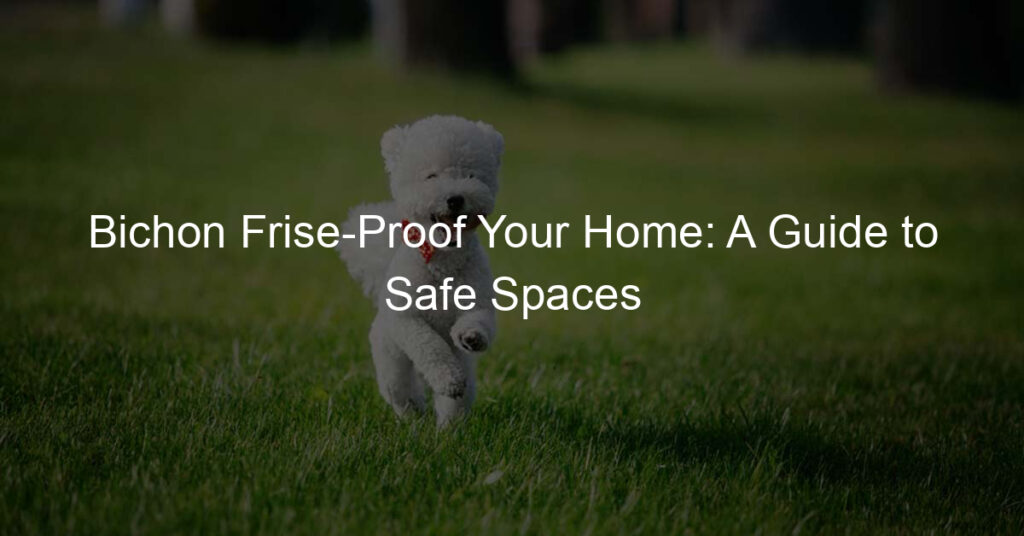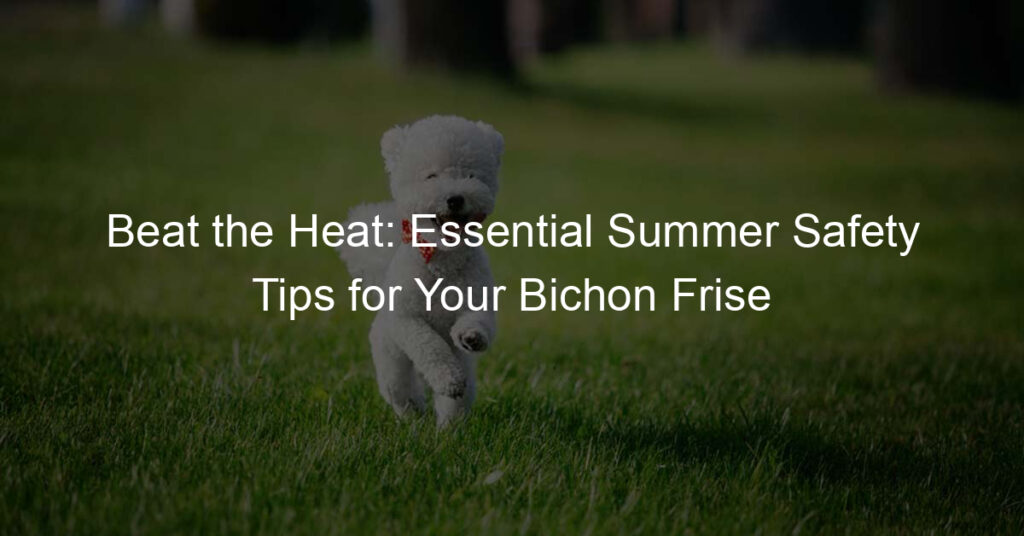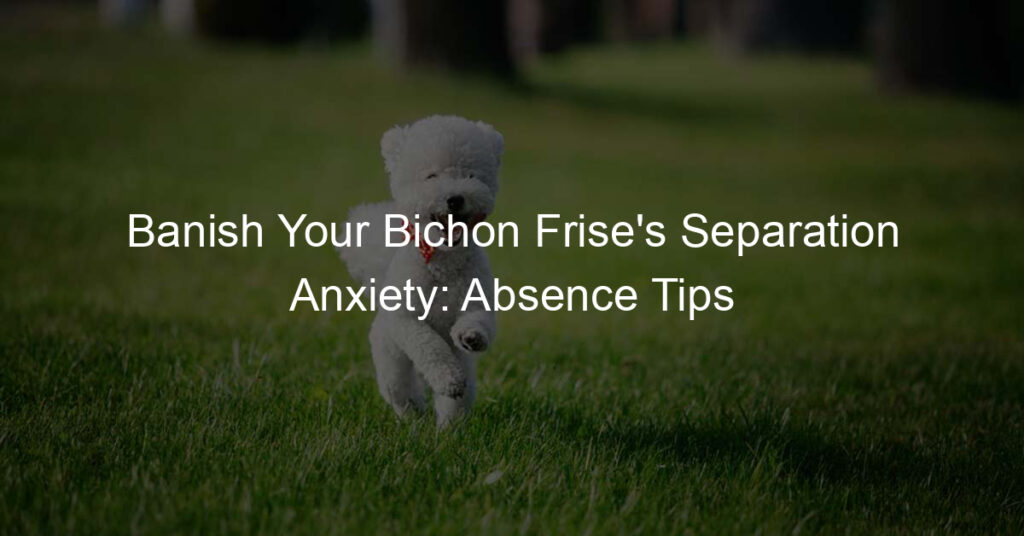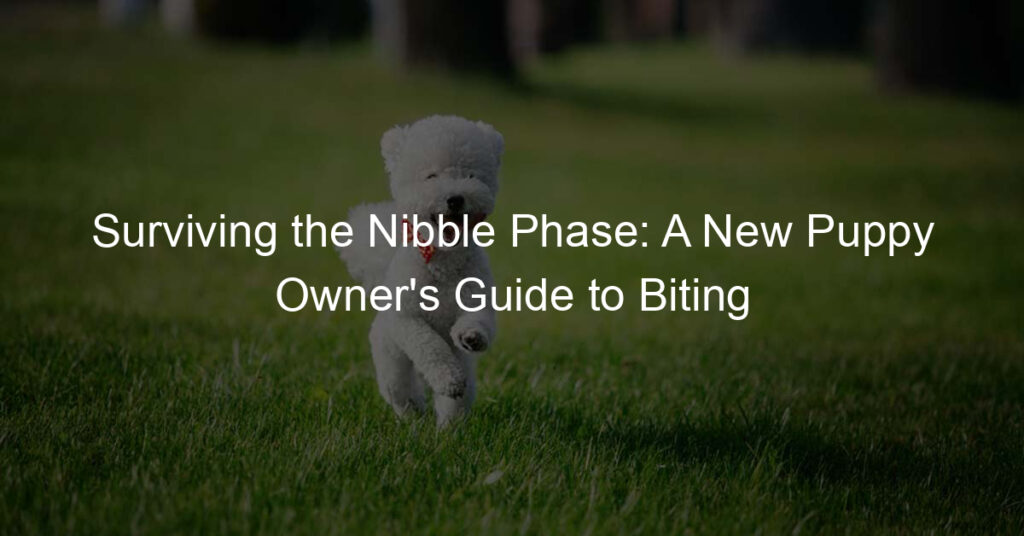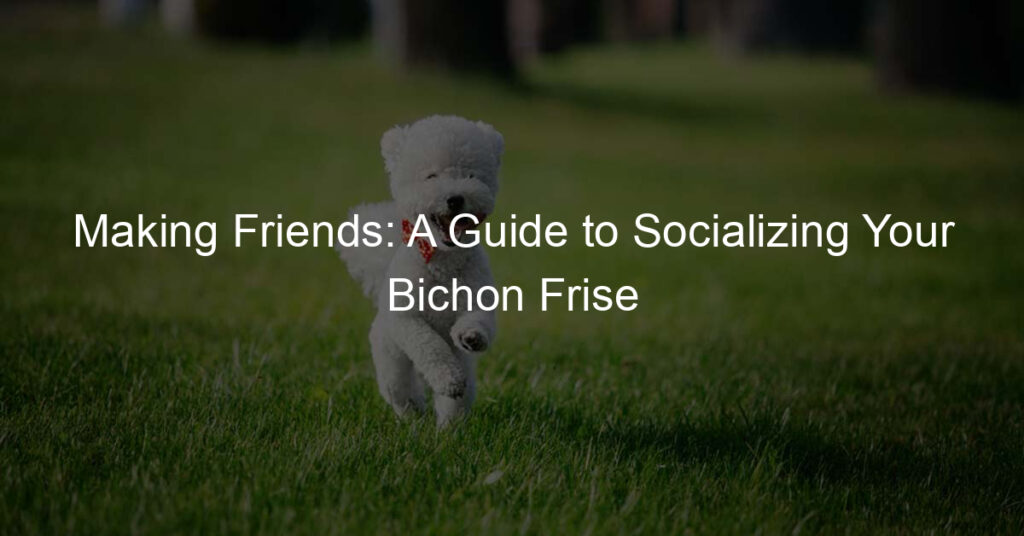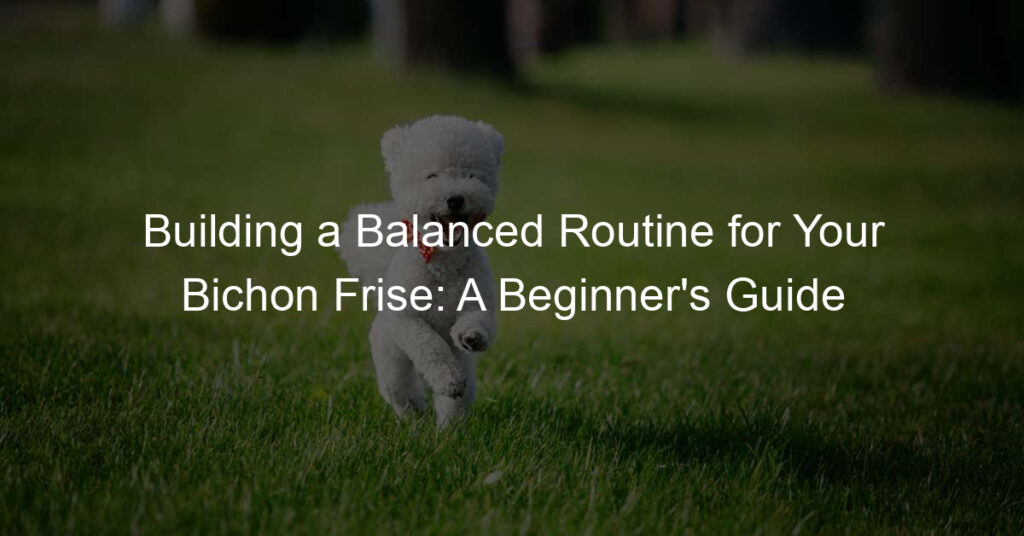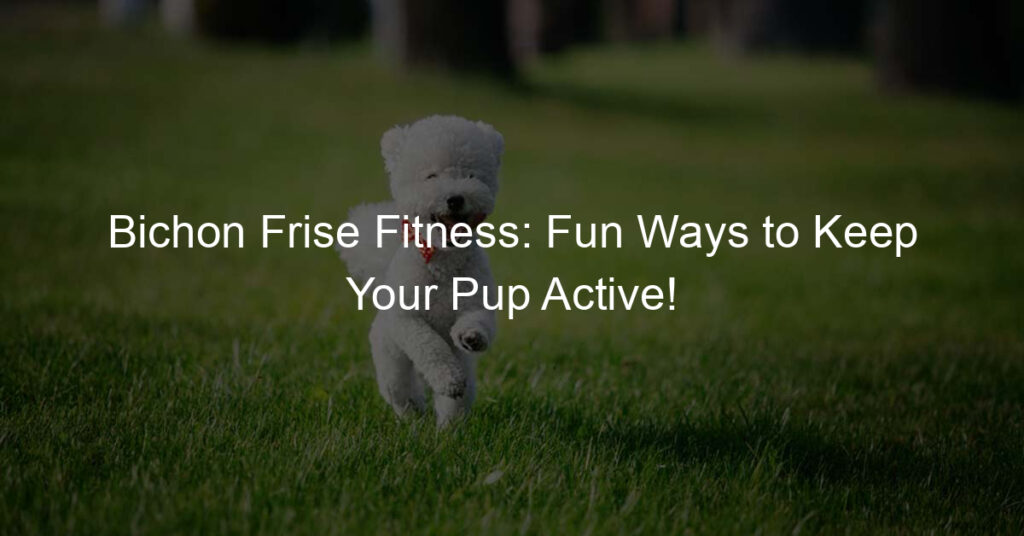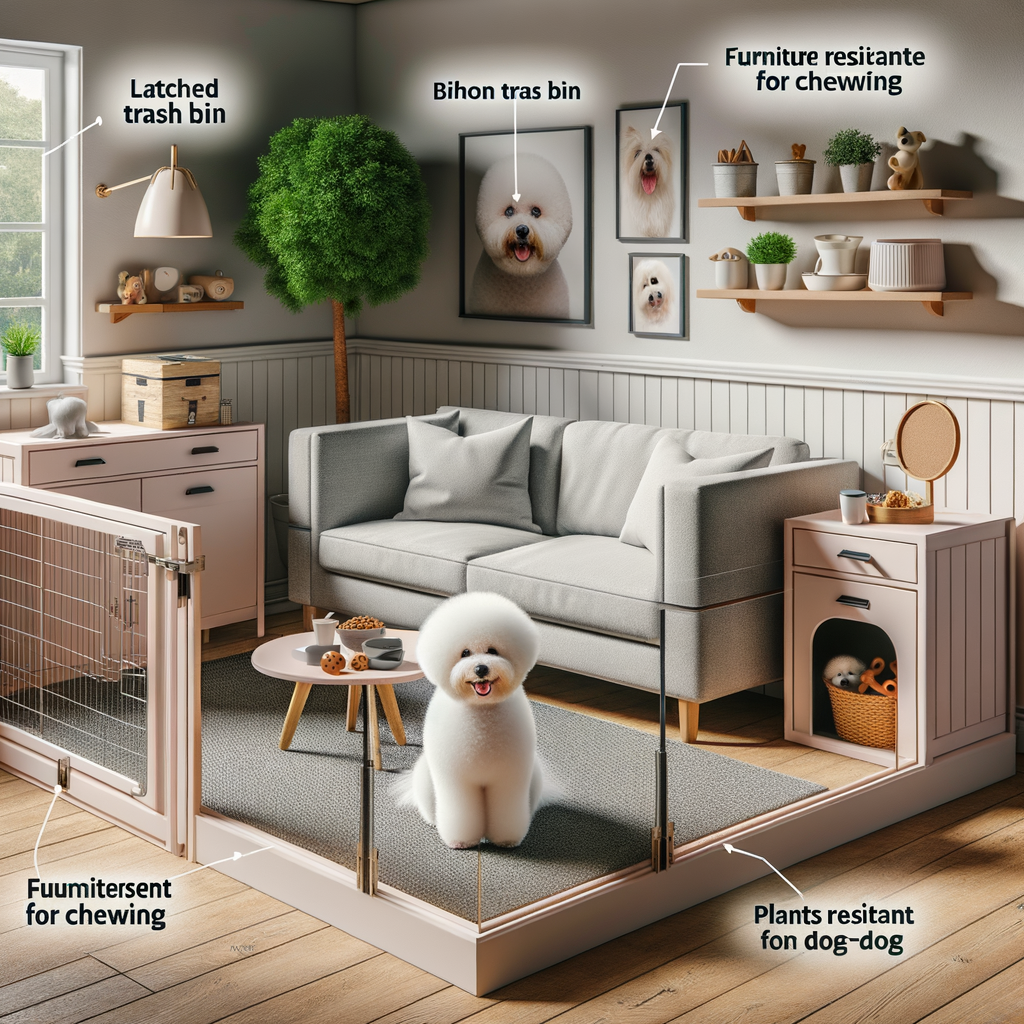
Introduction to Bichon Frise Safety
Welcome to our comprehensive guide on Bichon Frise safety. This adorable breed, known for its fluffy white coat and cheerful disposition, deserves a safe and comfortable home. As a responsible pet owner, it’s essential to understand the importance of safety for your Bichon Frise and how to create a secure environment for them.
- Understanding the Importance of Bichon Frise Safety
Ensuring the safety of your Bichon Frise is paramount. These small dogs are curious and energetic, which can sometimes lead them into potentially dangerous situations. They are also prone to certain health conditions, such as allergies and joint issues, which can be exacerbated by an unsafe environment. By understanding the importance of safety, you can help prevent accidents and health problems, ensuring your Bichon Frise lives a happy and healthy life.
- Creating a Safe Environment for Your Bichon Frise
Creating a safe environment for your Bichon Frise involves more than just keeping harmful substances out of reach. It also includes providing a comfortable space for them to rest, play, and explore. This means removing potential hazards, such as sharp objects and small items they could choke on, as well as ensuring they have access to clean water and a balanced diet. Regular exercise and mental stimulation are also crucial for their overall well-being.
In the following sections, we’ll delve deeper into how you can prepare your home for a Bichon Frise, pet-proof your home, and create a safe space for your furry friend. We’ll also provide some handy home safety tips for Bichon Frise owners. Stay tuned!
Preparing Your Home for a Bichon Frise
Bringing a Bichon Frise into your home is a joyful experience. However, it requires careful preparation to ensure your home is safe and comfortable for your new furry friend. Let’s explore how to create a Bichon Frise-friendly home and the key areas to focus on for Bichon Frise home safety.
General Bichon Frise Home Setup
- Creating a Bichon Frise-friendly home
Creating a Bichon Frise-friendly home involves more than just providing food and water. These dogs are active, playful, and curious, so it’s essential to create a stimulating environment for them. Here’s how:
- Provide plenty of toys: Bichon Frises love to play, so make sure you have a variety of toys available. This will keep them entertained and help burn off their energy.
- Set up a comfortable sleeping area: Bichon Frises need a cozy and quiet place to sleep. A soft bed in a quiet corner of the house is ideal.
- Ensure easy access to food and water: Place their food and water bowls in an area that’s easily accessible, but away from high-traffic areas to avoid spills.
- Key areas to focus on for Bichon Frise home safety
When it comes to Bichon Frise home safety, some areas require special attention. Here are the key areas to focus on:
| Area | Why it’s important | What to do |
|---|---|---|
| Kitchen | The kitchen contains many potential hazards, like sharp utensils, hot surfaces, and harmful foods. | Keep sharp objects and harmful foods out of reach, and never leave your Bichon Frise unattended in the kitchen. |
| Living Room | Living rooms often have electrical cords, small objects, and furniture that can pose risks. | Secure electrical cords, remove small objects that can be swallowed, and discourage your Bichon Frise from jumping on furniture. |
| Bedroom | Bedrooms can contain small objects, harmful substances, and choking hazards. | Keep the floor clear of small objects, store medications and cosmetics out of reach, and ensure your Bichon Frise can’t get stuck in any furniture. |
Specific Areas to Bichon Frise-Proof in Your Home
When preparing your home for a Bichon Frise, it’s important to focus on specific areas that your furry friend will frequent. Here are some key areas to consider:
- Kitchen
The kitchen is a hub of activity and can pose many dangers for a curious Bichon Frise. Ensure that all food is stored out of reach, and that cleaning supplies are securely locked away. It’s also crucial to keep small objects that could be swallowed, such as bottle caps or small utensils, off the floor and counters.
- Living Room
The living room is often where your Bichon Frise will spend most of their time. Make sure to secure any loose wires or cords, and keep small objects, like remote controls or toys, out of reach. If you have plants, ensure they are non-toxic as some can be harmful to dogs.
- Bedroom
Your bedroom can also be a danger zone for your Bichon Frise. Keep any medications, cosmetics, or small jewelry items out of reach. Also, ensure that your Bichon Frise has a safe and comfortable place to sleep, away from any potential hazards.
- Outdoor Spaces
Finally, don’t forget about outdoor spaces. Ensure your yard is securely fenced, and that there are no toxic plants or small objects that your Bichon Frise could swallow. Also, provide a shaded area for your Bichon Frise to rest, especially during hot weather.
By taking the time to Bichon Frise-proof these specific areas in your home, you can create a safe and welcoming environment for your new pet.
Pet-Proofing Your Home for a Bichon Frise
When it comes to ensuring the safety of your Bichon Frise, it’s essential to understand the common household hazards that could pose a risk to your furry friend. Here, we will explore some of these hazards and provide tips on how to pet-proof your home effectively.
Common Household Hazards for Bichon Frises
There are several household items that can be dangerous to Bichon Frises. Let’s take a look at some of the most common hazards:
- Chemicals and cleaning supplies: Many household cleaning products contain chemicals that can be harmful or even fatal to dogs if ingested. This includes bleach, detergents, and other cleaning agents. It’s crucial to keep these items out of your Bichon Frise’s reach.
- Small objects and choking hazards: Bichon Frises are small dogs, and they often show curiosity towards small objects. Items like coins, small toys, and even certain types of dog toys can pose a choking hazard. Always monitor your pet while they’re playing and keep small objects out of their reach.
- Unsafe foods: Certain foods that are safe for humans can be toxic to dogs. This includes chocolate, grapes, onions, and certain types of nuts. It’s important to keep these foods out of your Bichon Frise’s reach and to educate yourself about what foods are safe for your dog to eat.
Understanding these hazards is the first step in pet-proofing your home for your Bichon Frise. In the next section, we’ll provide some tips on how to mitigate these risks and create a safe environment for your furry friend.
How to Pet-Proof These Hazards
Ensuring the safety of your Bichon Frise involves pet-proofing your home against potential hazards. Here are some key steps you can take to create a safe environment for your furry friend.
- Storing chemicals safely
Household chemicals and cleaning supplies can be harmful to your Bichon Frise. It’s crucial to store these items in a secure place where your pet cannot access them. Consider using high shelves or locked cabinets. This will prevent accidental ingestion and protect your pet’s health.
- Keeping small objects out of reach
Small objects like toys, jewelry, and even some food items can pose a choking hazard for your Bichon Frise. Make sure to keep these objects out of your pet’s reach. Regularly check the floor and low-lying surfaces for any small items that your pet could accidentally swallow.
- Creating a safe eating environment
Not all foods are safe for your Bichon Frise. Some foods, like chocolate and grapes, can be toxic to dogs. Make sure to keep unsafe foods out of your pet’s reach and only feed them dog-safe foods. Always supervise your pet during meal times to ensure they’re eating safely.
In conclusion, pet-proofing your home for your Bichon Frise involves careful storage of chemicals, keeping small objects out of reach, and creating a safe eating environment. By taking these steps, you can ensure your pet’s safety and well-being.
Creating a Safe Space for Your Bichon Frise
Creating a safe space for your Bichon Frise is an essential part of ensuring their well-being. This dedicated area will provide your pet with a sense of security and comfort. Let’s explore how to design a safe space that caters to your Bichon Frise’s needs.
Designing a Bichon Frise Safe Space
Designing a safe space for your Bichon Frise involves two key steps: choosing the right location and deciding what to include in the space.
- Choosing the Right Location
The location of your Bichon Frise’s safe space is crucial. It should be a quiet area away from high-traffic zones in your home. This will help reduce stress and anxiety for your pet. Consider an area that is easily accessible, has good ventilation, and receives ample natural light. Avoid places near stairs or sharp furniture corners to prevent accidents.
- What to Include in a Bichon Frise Safe Space
The safe space should be equipped with items that will make your Bichon Frise feel comfortable and secure. Here are some essentials:
- Bedding: A soft, comfortable bed is a must. It should be large enough for your Bichon Frise to stretch out but cozy enough to provide a sense of security.
- Toys: Include a variety of toys to keep your pet entertained. Chew toys can also help reduce anxiety.
- Water and Food Bowls: Always have fresh water available. You may also want to include a food bowl if you plan to feed your pet in this space.
- Blankets: Soft blankets can provide additional comfort, especially during colder months.
Remember, the goal is to create a space where your Bichon Frise feels safe and comfortable. It should be a place where they can relax, play, and sleep without any disturbances.
Maintaining Your Bichon Frise’s Safe Space
Creating a safe space for your Bichon Frise is just the first step. Maintaining this space is equally important to ensure your pet’s safety and comfort. This involves regular cleaning and maintenance, as well as updating the space as your Bichon Frise grows. Let’s delve into these aspects.
- Regular Cleaning and Maintenance
Just like our living spaces, your Bichon Frise’s safe space also needs regular cleaning. This not only keeps the space tidy but also prevents the buildup of germs and bacteria that could harm your pet’s health. Here are some tips:
- Use pet-friendly cleaning products to clean your Bichon Frise’s bed, toys, and feeding area.
- Regularly wash and replace bedding to keep it fresh and free from pests.
- Keep the space free from clutter. This includes removing any items that your pet may have chewed or damaged.
- Updating the Space as Your Bichon Frise Grows
As your Bichon Frise grows, their needs and preferences may change. It’s important to update their safe space to accommodate these changes. Here are some suggestions:
- As your Bichon Frise grows, they may need more space to move around. Consider expanding their safe space or moving it to a larger area.
- Update the toys and activities in the space to match your pet’s age and energy levels. For example, older dogs may prefer softer toys and more restful activities.
- Ensure that the space remains comfortable and safe for your pet at all stages of their life. This may involve adding ramps or steps for older dogs, or removing items that could be a choking hazard for puppies.
In conclusion, maintaining your Bichon Frise’s safe space is a continuous process that involves regular cleaning and updating the space as your pet grows. By doing so, you can ensure that your Bichon Frise always has a safe and comfortable space to call their own.
Conclusion: Bichon Frise Home Safety Tips
In this article, we have discussed the importance of creating a safe environment for your Bichon Frise. Let’s take a moment to recap the key points and understand why a Bichon Frise-proof home is essential.
- Recap of Bichon Frise safety measures:
Firstly, we discussed the importance of preparing your home for a Bichon Frise. This includes removing any harmful substances, securing loose wires, and ensuring that all small objects are out of reach. We also highlighted the importance of creating a safe space for your Bichon Frise, which includes providing a comfortable bed, toys, and a secure area for them to play and relax.
- Importance of a Bichon Frise-proof home:
Ensuring your home is Bichon Frise-proof is not just about protecting your pet, but also about providing them with a comfortable and stress-free environment. A safe home can help your Bichon Frise feel more secure, reducing anxiety and behavioral issues. It also prevents accidents, which can lead to costly vet bills and emotional distress for both you and your pet.
In conclusion, the safety of your Bichon Frise should be a top priority. By following the tips and advice in this article, you can ensure that your home is a safe and comfortable environment for your beloved pet.
